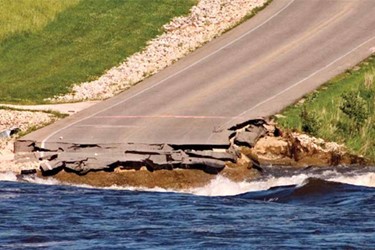Solutions For Critical Infrastructure Protection

Recent years have spawned a large number of unpredictable and sometimes devastating natural disasters around the world. Typhoons in the Philippines and China, wildfires in Australia and Portugal, earthquakes in Pakistan, China and Chile, floods in Canada, Central Europe, India, and Mexico and droughts in Brazil, China, and the U.S. contributed to losses of $45 billion in 2013, all on the heels of $72 billion in losses in 2012.
Around the world, cities face new and unprecedented pressures. Populations are booming, urban density is increasing, infrastructure is either underdeveloped or in need of upgrade, and a new set of disasters – both natural and man-made – is putting these vital centers at greater risk. As the effects of natural disasters grow, urban resilience must become a priority list for cities that want to be viable over the long term.
Investments in the resilience of critical infrastructure can help cities reduce losses, ensure operational continuity, and save lives. In the United States, the U.S. Department of Homeland Security (DHS) defines critical infrastructure as “assets, systems, and networks, whether physical or virtual, so vital to the United States that their incapacitation or destruction would have a debilitating effect on security, national economic security, national public health or safety, or any combination thereof.” Other countries have articulated similar concepts. We focus on three infrastructure sectors that have immediate implications for the health and safety of urban areas during natural disasters: transportation, water and wastewater, and energy networks.
Get unlimited access to:
Enter your credentials below to log in. Not yet a member of Water Online? Subscribe today.
